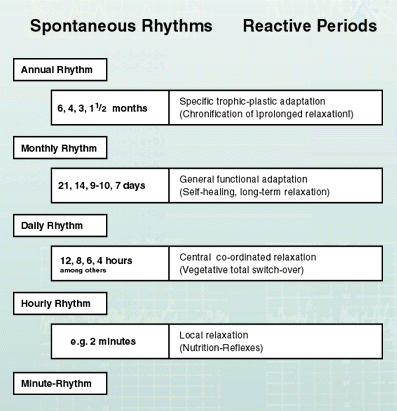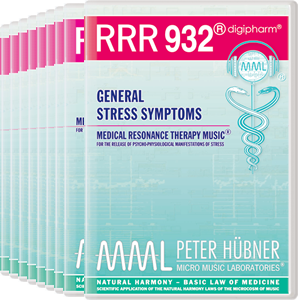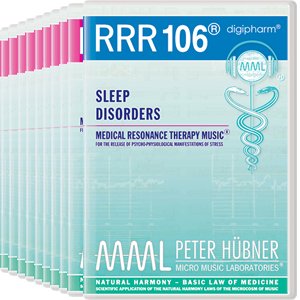

| RIG VEDA THE UNIVERSAL VOICE OF ACADEMIC SCIENCE IN ANCIENT KNOWLEDGE |

| MEDICAL RESONANCE THERAPY MUSIC® Medical Music Preparations on CD |
| Listening Program: General Stress Symptoms  Listening Program: Sleep Disorders  |
|
If you like to look at the complete program, |